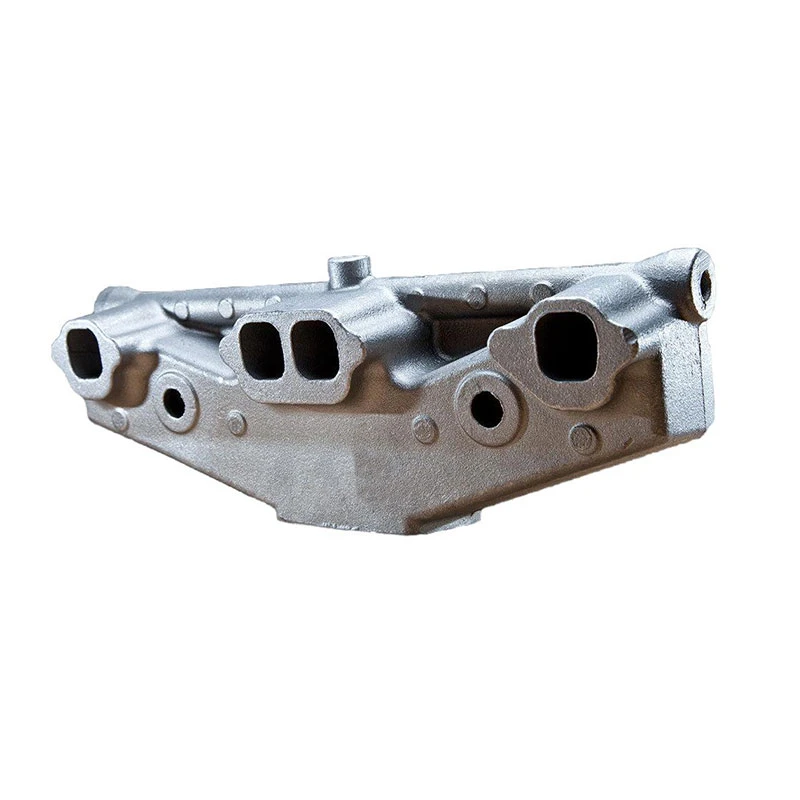Understanding the Process and Importance of Automotive Stamping in Vehicle Manufacturing
Understanding Automotive Stamping A Key Process in Vehicle Manufacturing
Automotive stamping is a crucial manufacturing process in the production of various vehicle parts, playing an essential role in the automotive industry. This process involves shaping metal sheets into specific parts using mechanical or hydraulic presses. By applying considerable force, these presses can shape and cut metal with extraordinary precision, ensuring that the components meet strict industry standards for quality and safety.
The Process of Automotive Stamping
The automotive stamping process typically begins with the design phase, where engineers create detailed blueprints of the parts to be produced. These designs are then transformed into dies, which are specialized tools made of hardened steel. The dies contain the negative image of the desired part, which allows for precise shaping when the metal sheets are pressed between them.
Once the dies are ready, the next step is to prepare the metal sheets, usually made from high-strength steel or aluminum, known for their durability and lightweight properties. These sheets are cut to size and then fed into a stamping press. The press applies significant force to the metal sheets, shaping them according to the die's design. This can involve several operations, including blanking (cutting out the basic shape), piercing (creating holes for features such as mounting brackets), and forming (shaping the part into its final configuration).
Applications in the Automotive Industry
Automotive stamping produces a wide array of components used in vehicles, including body panels, structural parts, and chassis components. Body panels such as doors, hoods, and fenders are commonly stamped, providing not only structural integrity but also the aesthetic appearance of the vehicle. Structural parts, like reinforcements and brackets, are essential for the overall safety and performance of the vehicle.
In addition to body parts, stamping also plays a significant role in manufacturing intricate components such as brackets and clips, which are often overlooked but vital for the assembly and functionality of vehicles. These components contribute to the vehicle's performance, safety, and maintenance.
what is automotive stamping

Advantages of Automotive Stamping
The automotive stamping process offers numerous advantages that make it an ideal choice for mass production in a highly competitive industry. First and foremost, it allows for high levels of precision and consistency. Once a die is created, it can produce thousands of identical parts with minimal variation, ensuring quality control throughout the manufacturing process.
Furthermore, stamping is highly efficient. The process can be automated, allowing for rapid production cycles that significantly reduce manufacturing times. This efficiency is crucial in meeting the high demand for vehicles while keeping costs down.
Another advantage is the ability to produce complex shapes. Advances in stamping technologies, such as progressive die stamping, allow manufacturers to create intricate parts in a single operation, reducing the need for additional tooling or processes. This capability not only streamlines production but also opens up new design possibilities for vehicle manufacturers.
Challenges and Future Trends
Despite its many advantages, automotive stamping is not without challenges. The industry faces pressures related to sustainability, with increasing demand for eco-friendly manufacturing processes. Innovations such as lightweight materials and hybrid manufacturing methods are emerging to address these challenges.
As the automotive landscape continues to evolve with the rise of electric vehicles and autonomous driving technologies, stamping processes will also need to adapt. Future trends may involve greater use of advanced materials, automated systems, and digital technologies, ultimately enhancing the efficiency and capabilities of automotive stamping.
In conclusion, automotive stamping is a vital manufacturing process that shapes the foundation of modern vehicle production. It combines precision, efficiency, and versatility to produce essential components that meet the demands of both manufacturers and consumers. As the industry progresses, stamping will likely continue to evolve, supporting innovations that drive the automotive sector forward.
-
crawler mounted drill rig-Baoding Hairun Machinery And Equipment Trading Co., Ltd.|Underground Drilling Solutions, Confined Space EfficiencyNewsAug.16,2025
-
Custom OEM Couplings | Precision Machining & ManufacturingNewsAug.16,2025
-
Advanced Drilling Solutions for Confined Spaces - Baoding Hairun Machinery | Crawler Mounted Drill Rig&Confined Space ApplicationsNewsAug.16,2025
-
Drill For Confined Spaces-Crawler Drill Rig for Mining Applications|Baoding Hairun Machinery And Equipment Trading Co., Ltd.NewsAug.16,2025
-
Crawler Mounted Drill Rig-Baoding Hairun Machinery And Equipment Trading Co., Ltd.|Compressed Air Power&Frame SupportNewsAug.15,2025
-
Crawler Drilling Rig - Baoding Hairun|Confined Space Drilling&Mine SafetyNewsAug.15,2025















